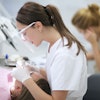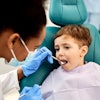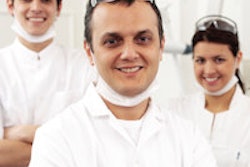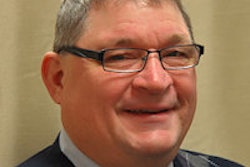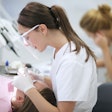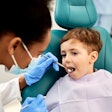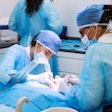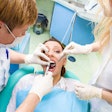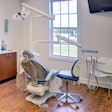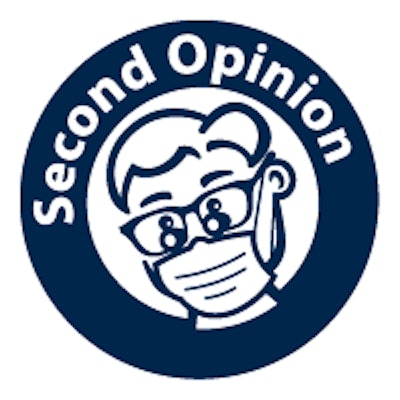
When looking at the article (Pew report: Dental therapists increase profits, patients by Donna Domino) my first thought is that the Pew Charitable Trusts should be thanked for all the good things that they do. They truly operate believing that they have the best interests of people in mind, and their sincerity in finding solutions to access to dental care is genuine.
But I wondered, who is their audience for this report? Probably not dentists. Their mission is to influence public policy, either indirectly through the general public or directly through the policymakers. Writing to the general public or lawmakers on this level is considerably easier than writing for or to dental professionals.
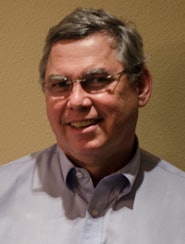 Thomas Ward, DMD, MPH.
Thomas Ward, DMD, MPH.The general public is much more likely to accept the report at face value. A 13% increase in Medicaid patients may sound impressive to the public, but what does it mean? How many Medicaid patients did the office serve before, and after, the incorporation of the dental therapist? More important, what services did the therapist provide -- that is, did the ratio of examinations to preventive services to restorative services match the needs of their Medicaid patients?
There is a lot of profit to be made from bringing in a child for an examination, a rubber cup prophy, and fluoride treatment. But what if they had caries, were they treated? Were significantly more restorations done after the incorporation of the therapist than before?
I'll limit my comments to the section of the report concerning "Main Street Dental Care, Montevideo, MN," because I have never practiced in Canada and do not consider myself a good source to comment on dental therapists in Canada. Unfortunately for the Pew Charitable Trusts, their conclusions, or the message that they are trying to project, are either biased or poorly supported by evidence.
The U.S. government has declared that there is a problem with access to dental care. In their calculations, only how many people visited the dentist in the past year is considered. My contention is access to care is not getting in the door; it is getting all your dental needs treated in a timely manner. Is Dr. Powers just seeing more Medicaid patients or is he providing total care?
I am also skeptical about the $114,000 increase in collection. I wish the report had detailed which procedures accounted for this increase. Generously, a four-day work week is equal to 200 days a year. That is $570 gross production a day increase before expenses. The report claims part of this increase is due to Dr. Powers' increased production. Five hundred seventy dollars of dentistry is not very much. This again makes me question what dentistry was done.
Finally, the footnote states the following: Includes 40% more root canals, 23% more surgical extractions, 46% more dental implants, and 58% more removable prosthodontics (dentures), as well as 45% fewer fillings (composite restorations).
The report contains numbers without qualifications. There was a major increase in root canals according to the report. Minnesota Medicaid reimburses at between $176 and $214 for this procedure, while the U.S. average for nonendodontist reimbursements is $500 to $900. There was a 23% increase in surgical extractions; MN Medicaid reimburses these at $150, while the U.S. average for nonoral surgeons is between $150 and $600. There was a 46% increase in implants; MN Medicaid does not reimburses for these, while the U.S. average is $2,480. The average cost of a partial denture is $1,200.
These are all big-ticket items (Medicaid or not) and very significant production numbers increases were reported; yet even with an extra person in the office, the "gross" only went up $114,000.
In conclusion, it seems that Pew has made universal implementation of the dental therapist a mission. And I found the publication of this report irresponsible, misleading, and unbalanced. I would hope that this was just the result of someone without a dental background writing beyond their scope.
Thomas Ward, DMD, MPH, is the director of problem-based learning at the Lake Erie College of Osteopathic Medicine School of Dental Medicine in Bradenton, FL. He received his Doctor of Dental Medicine from the University of Florida College of Dentistry and his Master of Public Health from Barry University. He was in private practice for 20 years, serving Medicaid patients, and previous to that worked in public health clinics.
The comments and observations expressed herein do not necessarily reflect the opinions of DrBicuspid.com, nor should they be construed as an endorsement or admonishment of any particular idea, vendor, or organization.
